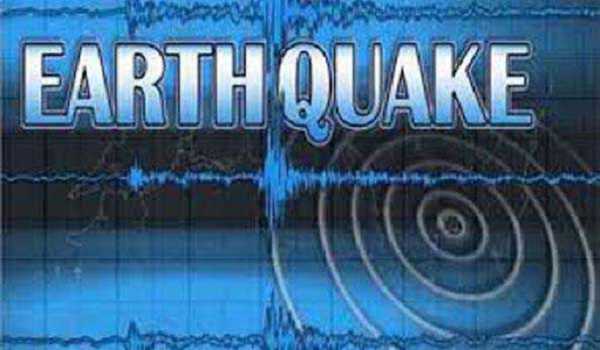The Noto Peninsula in Japan’s Ishikawa Prefecture has been rocked by a series of tremors in the aftermath of a powerful earthquake that struck the region on New Year’s Day. According to reports from the NHK broadcaster, the peninsula recorded 1,214 tremors rated at least 1 on the seven-point seismic intensity scale in the week following the quake.
The Japan Meteorological Agency had warned of strong tremors in the week after the quake, a prediction that has unfortunately come to pass. The scale of devastation is yet unclear, primarily in the cities of Wajima and Suzu, as rescuers are unable to reach some areas due to damaged roads and communications.
The situation is further exacerbated by snow and cold temperatures of 0 to 4 degrees Celsius (32 to 39.2 degrees Fahrenheit). Thousands of households were left without electricity and water, with up to 12 and 9 centimeters (4.7 and 3.5 inches) of snow falling in Suzu and Wajima respectively. This has increased the risk of building collapse amid the ongoing seismic activity and is also delaying efforts to repair roads, which is critical for delivering relief aid to the quake-stricken areas.
On January 1, a powerful 7.6-magnitude earthquake, followed by a series of aftershocks, struck near the city of Suzu on the Noto Peninsula. The tremors led to buildings collapsing and left over 23,900 households without power. No nuclear power plant failures were registered, but the quake became the most powerful for the Noto Peninsula region since records began in 1885.
The disaster has claimed the lives of at least 161 people, with 103 still unaccounted for. The earthquake also forced more than 28,800 people in Ishikawa to evacuate to government shelters. In response to the crisis, Japan’s Self-Defence Forces have deployed 5,900 rescue workers to assist with disaster relief efforts.
A global media for the latest news, entertainment, music fashion, and more.





